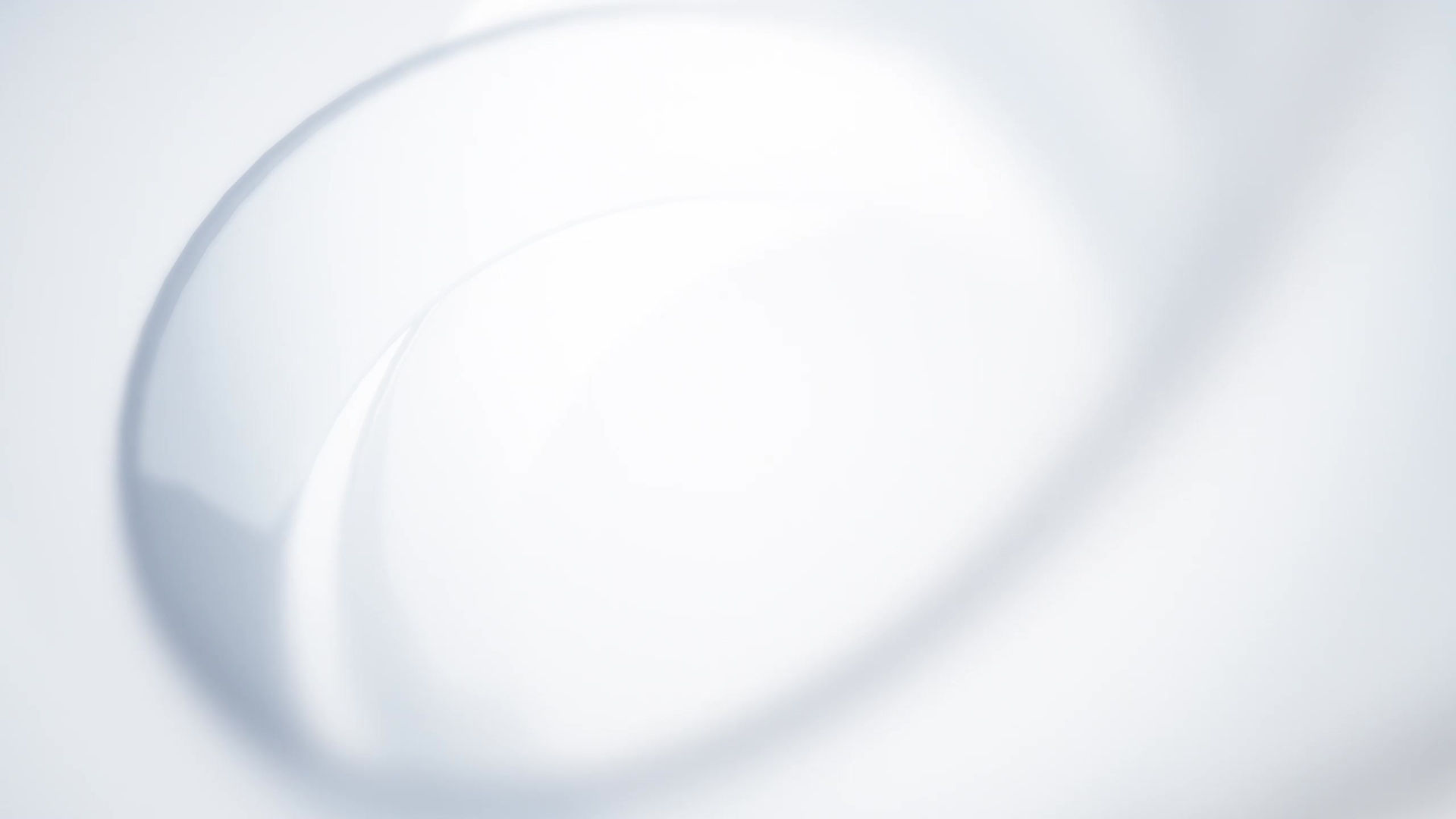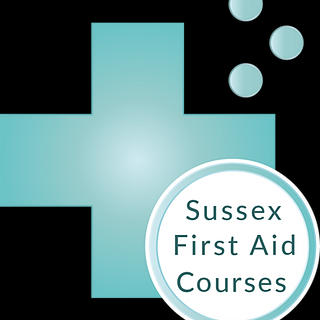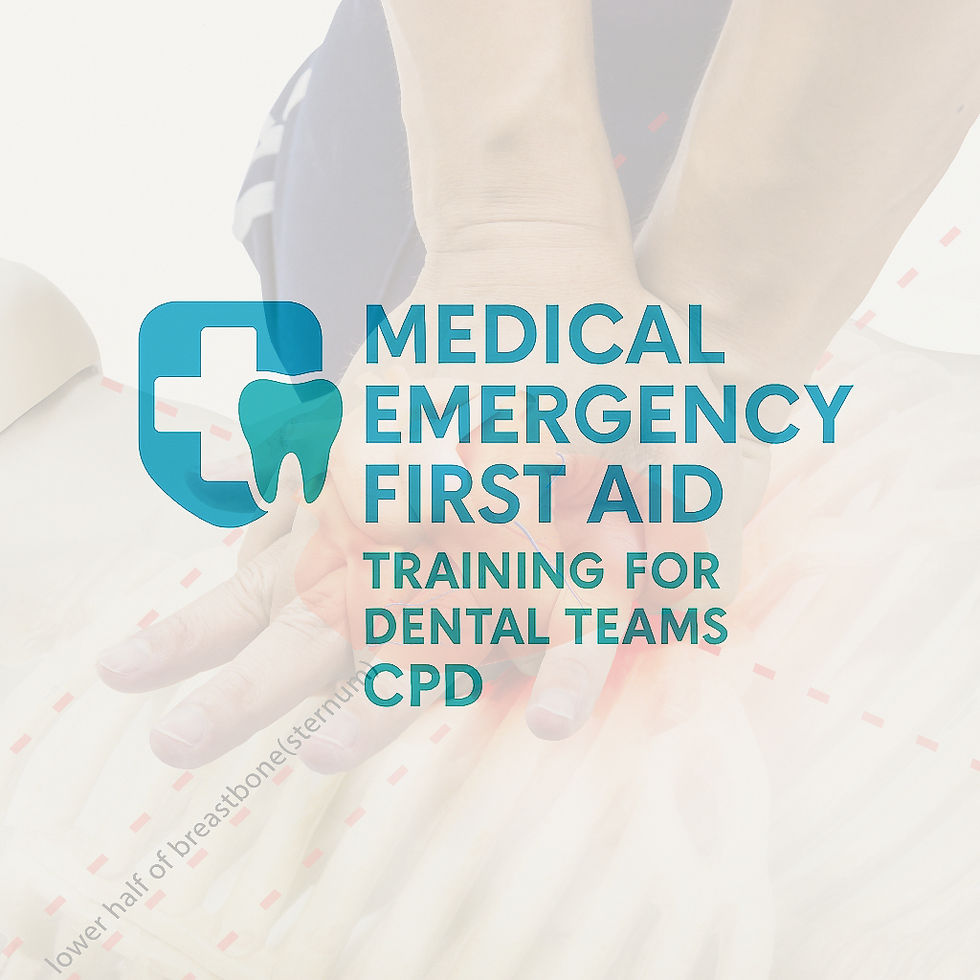Medical Emergencies in Dental Practice: Preparedness Saves Lives
- Admin
- Sep 1
- 4 min read
Updated: Sep 2

Medical Emergency Guidelines for Dental Teams By Garry Perkins, HCPC Paramedic
The following guidance draws upon established protocols from the UK Resuscitation Council, NICE, BNF Dental Advisory Group, UK Ambulance JRCALC, GDC, and UK First Aid guidelines. These recommendations have been developed by Garry Perkins—an HCPC-registered paramedic with extensive experience teaching within dental practice settings and serving on the frontline—to offer dental teams a clear, practical, and effective framework for managing medical emergencies in the dental environment.
This is not intended to be a comprehensive clinical guideline covering all aspects of emergency care. Instead, it provides a realistic and workable approach tailored to the dental setting, where emergencies can be both challenging and unpredictable.
While the public may expect a high level of response during a medical emergency, it is important to recognise that dental professionals are not expected to operate beyond their scope of practice. At every stage of an emergency, dental team members should refer to current UK medical guidelines, seek appropriate advice, and—when necessary—call 999 or refer the patient for further care or investigation.
Medical Emergencies in Dental Practice: Preparedness Saves Lives
Accidents and medical emergencies can happen to anyone, anywhere—and dental practices are no exception. Whether a patient is mid-treatment or simply waiting in reception, the responsibility to respond swiftly and effectively lies with the entire dental team.
What the GDC Requires
The General Dental Council (GDC) states:
“A patient could collapse on any premises at any time, whether they have received treatment or not.”
This underscores the importance of preparedness. All dental registrants must be trained in managing medical emergencies—including resuscitation—and possess up-to-date evidence of capability.
Risk Management Starts with Anticipation
Proactive risk management is key. Every primary care dental facility should:
Conduct thorough and regularly updated medical histories
Implement a medical risk assessment process for all patients
Ensure at least two trained individuals are present during treatment (even if one is non-clinical)
Common Emergencies in Dental Settings
Medical emergencies encountered in dental practices include:
Vasovagal syncope (most common)
Angina/chest pains
Hypoglycaemia
Seizures/Epileptic seizures
Choking
Asthma
Anaphylaxis
Cardiac arrest
On average, a general dental practitioner (GDP) will face a medical emergency once every two years. Interestingly, the prevalence of vasovagal syncope tends to decrease with professional experience.
Training and Enhanced CPD: A Lifesaving Investment
Annual Basic Life Support (BLS) or ILS training is essential for all staff. This should include:
Be delivered by qualified and experienced providers.
Clarify each team member’s role during emergencies.
Reinforce CPD requirements—“medical emergencies” is a core Enhanced CPD topic.
Team-based emergency scenarios focusing on leadership and communication.
In-depth practice of intramuscular drug administration.
Topics that should be covered:
Basic life support – adult and child
AED training – adult and child
Airway management – airway adjuncts, bag-valve-mask and suction
Oxygen therapy
Asthma emergencies
Anaphylaxis management
Cardiac emergencies
Epileptic seizures
Hypoglycaemia
Syncope
Choking – adult, child and pregnancy
Team-based emergency scenario drills
Emergency drug administration, including intramuscular injections
Post resuscitation care and hand over to the emergency services
Emergency Drug Kit Essentials
Every dental practice must maintain a well-stocked and regularly checked emergency kit, including:
Drug | Purpose |
Aspirin (300mg) | Suspected heart attack |
Glyceryl Trinitrate | Angina |
Adrenaline 1:1000 | Anaphylaxis |
Salbutamol Inhaler | Asthma |
Midazolam | Seizures |
Glucagon | Hypoglycaemia |
Dextrose Gel 40% | Hypoglycaemia |
Oxygen | General emergencies |
Additional equipment includes:
Guedel, Oropharyngeal airways (OP) airways sizes 0, 1 ,2, 3, 4, 5
Pocket mask and oxygen tubing if required
Ambu bags (adult & child)
Face mask for Ambu bags - sizes 1-5
Portable (hand held) suction
Glucose meter and testing strips
Metronome for CPR - set at 110 beats per minute.
A.E.D - Defibrillator
Volumatic spacer
Oxygen therapy masks (high flow) adult/child minimum 2 for each age group
Oxygen bottle CD size minimum
Oximeter fingertip blood oxygen saturation monitor
Draw up needles, ampoule snapper, blue and green needles with1ml syringes as a Rescue Ready kit. Photo below. (Anaphylaxis)
Rescue Ready colourer coded emergency treatment/drug Manual. Photo below.
Top Tip: Assign a team member to monitor expiry dates and stock levels. Your medical kit should be checked each eek. Everyone must know where the emergency kit and oxygen are stored.
Defibrillators:
Defibrillators are expected in dental practices. And already in many public spaces like airports and shopping centres. They are known as Public Accesses Defibrillator's.(PAD site) they’re proven lifesavers—and should be included in annual BLS training.
Documentation and Accountability
If an emergency occurs:
Record the event in detail for legal and clinical reasons.
Ensure emergency services receive accurate medical history and medication information.
Remember: every GDC registrant is responsible for their own actions.
At each stage consider if you are needing to call for help.
If discharging the patient ensure you have given worsening care advice and documented it.
Top Tips for Emergency Readiness
Run in-house drills to reinforce roles and equipment locations.
Have practical and theory scenario-based training delivered at your practice, combining hands-on CPR with realistic emergency drills.
Update medical histories every six months or at the start of each treatment course.
Keep emergency protocols visible and accessible.
Have the patient emergency report form with the medication kit and emergency kit.
Insure high risk patients have a emergency management care plan in place and you have quick easy access to the plan. Some patients that may have a care plan in place such as, diabetics, epilepsy, anaphylaxis patients and those with other medical conditions.
At each stage of delivering medical care, take a full history, check drugs dosages, consider if extra help or advice is required. Work with your team and be open.
Use The Dental Medical Emergencies Manual to check treatment and medication dosages' and guid the team during an incident.
Debrief with your team, learn, adjust and develop a Rescue Ready team.
Medical emergencies are rare—but when they happen, preparation makes all the difference. By embedding training, clarity, and compassion into your practice culture, you not only meet regulatory standards you protect lives and develop a Rescue Reay team.
Some photos for reference but not a comprehensive list.




























Comments